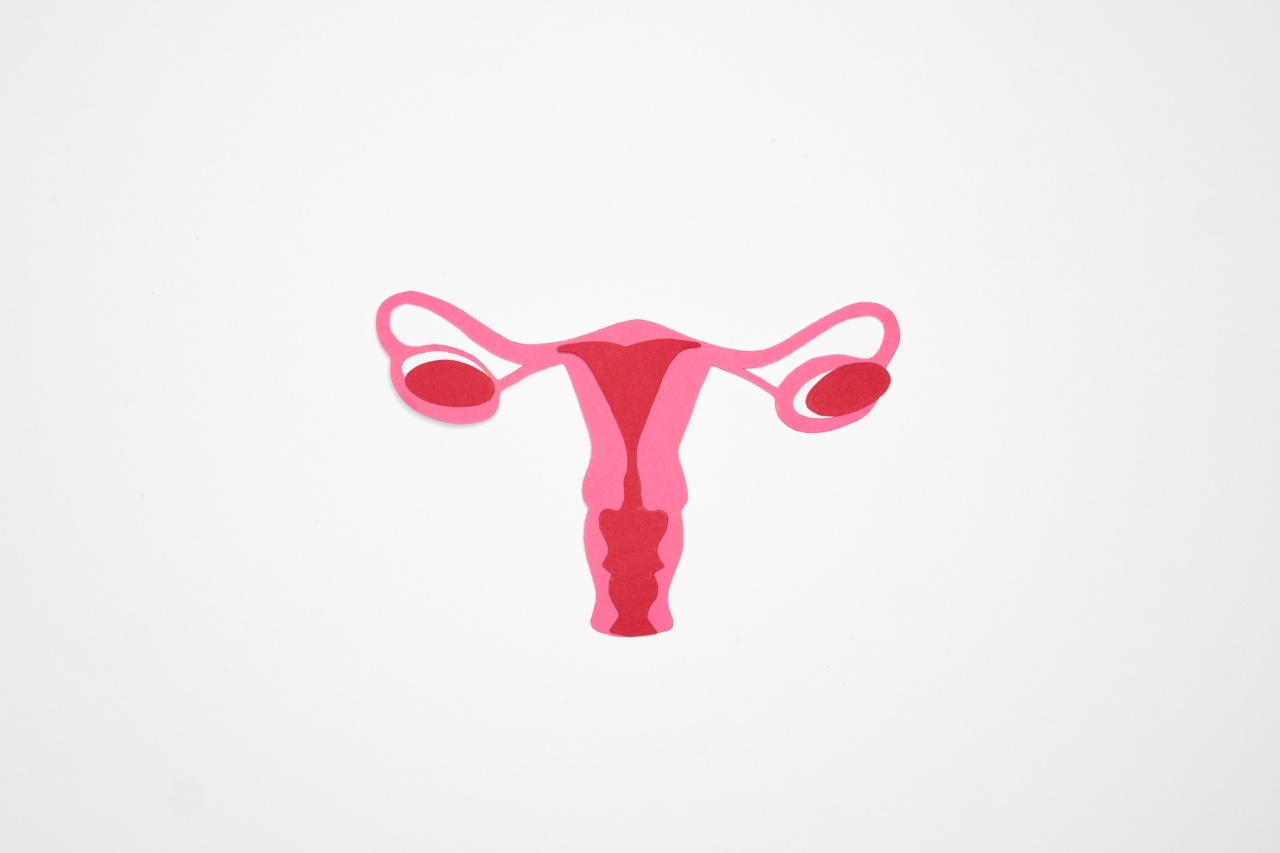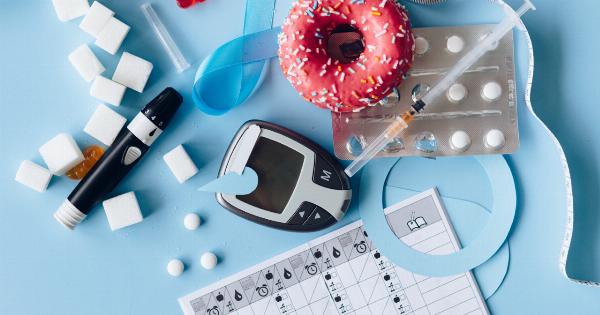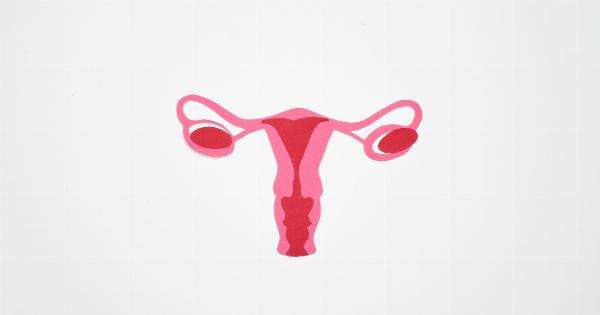Bisphenol A (BPA) is a chemical commonly used in the production of certain plastics and resins. It is found in many consumer products such as water bottles, food containers, and even cash register receipts.
Despite its widespread use, studies have shown that BPA can have negative effects on human health, particularly on the female reproductive system. In this article, we will discuss how BPA negatively impacts ovarian health.
What are Ovaries?
The ovaries are part of the female reproductive system. They are located in the pelvis on either side of the uterus and are responsible for producing and releasing eggs for fertilization.
The ovaries also produce hormones, such as estrogen and progesterone, which regulate the menstrual cycle and are involved in pregnancy.
BPA and Reproductive Health
BPA is an endocrine disruptor, which means that it can interfere with the body’s hormones. In particular, it can mimic estrogen in the body, leading to hormonal imbalance.
Studies have shown that exposure to BPA can lead to a variety of reproductive problems in women, including decreased fertility, polycystic ovary syndrome (PCOS), and early menopause.
BPA and Egg Quality
Egg quality is an important factor in fertility and the chances of a successful pregnancy. Studies have shown that exposure to BPA can lead to poor egg quality.
One study found that women with higher levels of BPA in their urine were more likely to have lower-quality eggs. This can lead to difficulty conceiving and an increased risk of miscarriage.
BPA and Ovarian Function
BPA can also have negative effects on ovarian function. In one study, BPA exposure was found to decrease the number of follicles in the ovaries, which are the structures that contain developing eggs.
This can lead to a decrease in fertility and an increased risk of premature ovarian failure.
BPA and PCOS
PCOS is a common hormonal disorder in women of reproductive age. It is characterized by irregular periods, high levels of androgens (male hormones), and cysts on the ovaries.
Studies have shown that exposure to BPA may increase the risk of developing PCOS. One study found that women with PCOS had higher levels of BPA in their blood than women without the condition.
BPA and Menopause
Menopause is a natural process that marks the end of a woman’s reproductive years. However, studies have shown that exposure to BPA may accelerate the onset of menopause.
One study found that women with higher levels of BPA in their urine were more likely to experience menopause at an earlier age.
How to Reduce Exposure to BPA
Reducing exposure to BPA can be difficult, as it is found in many consumer products. However, there are some steps that women can take to minimize their exposure:.
- Use glass or stainless steel water bottles instead of plastic ones.
- Avoid heating food in plastic containers or using plastic wrap to cover food.
- Choose fresh foods over canned ones, as many canned foods have BPA in the lining of the cans.
- Use cash instead of credit or debit cards to minimize exposure to receipt paper.
Conclusion
BPA is a chemical that is commonly found in consumer products and can have negative effects on ovarian health. It can lead to hormonal imbalances, poor egg quality, decreased fertility, and an increased risk of PCOS and early menopause.
Taking steps to reduce exposure to BPA can help women protect their reproductive health.






























